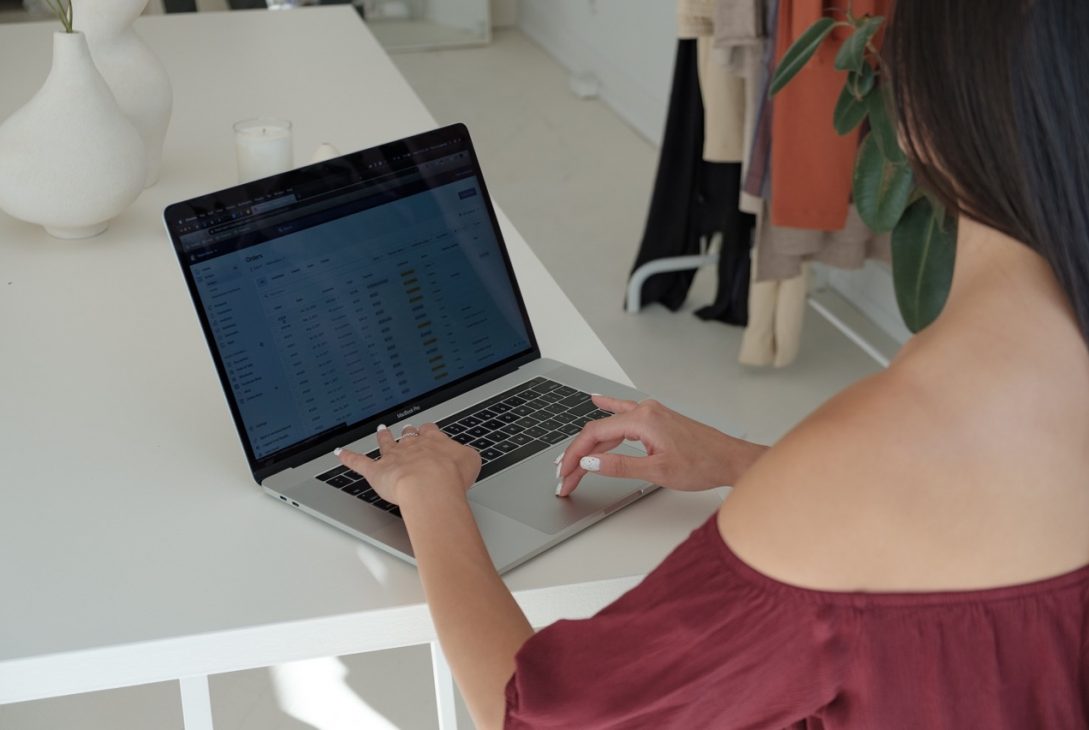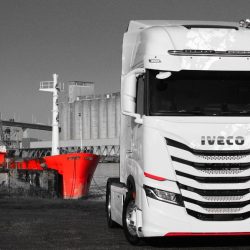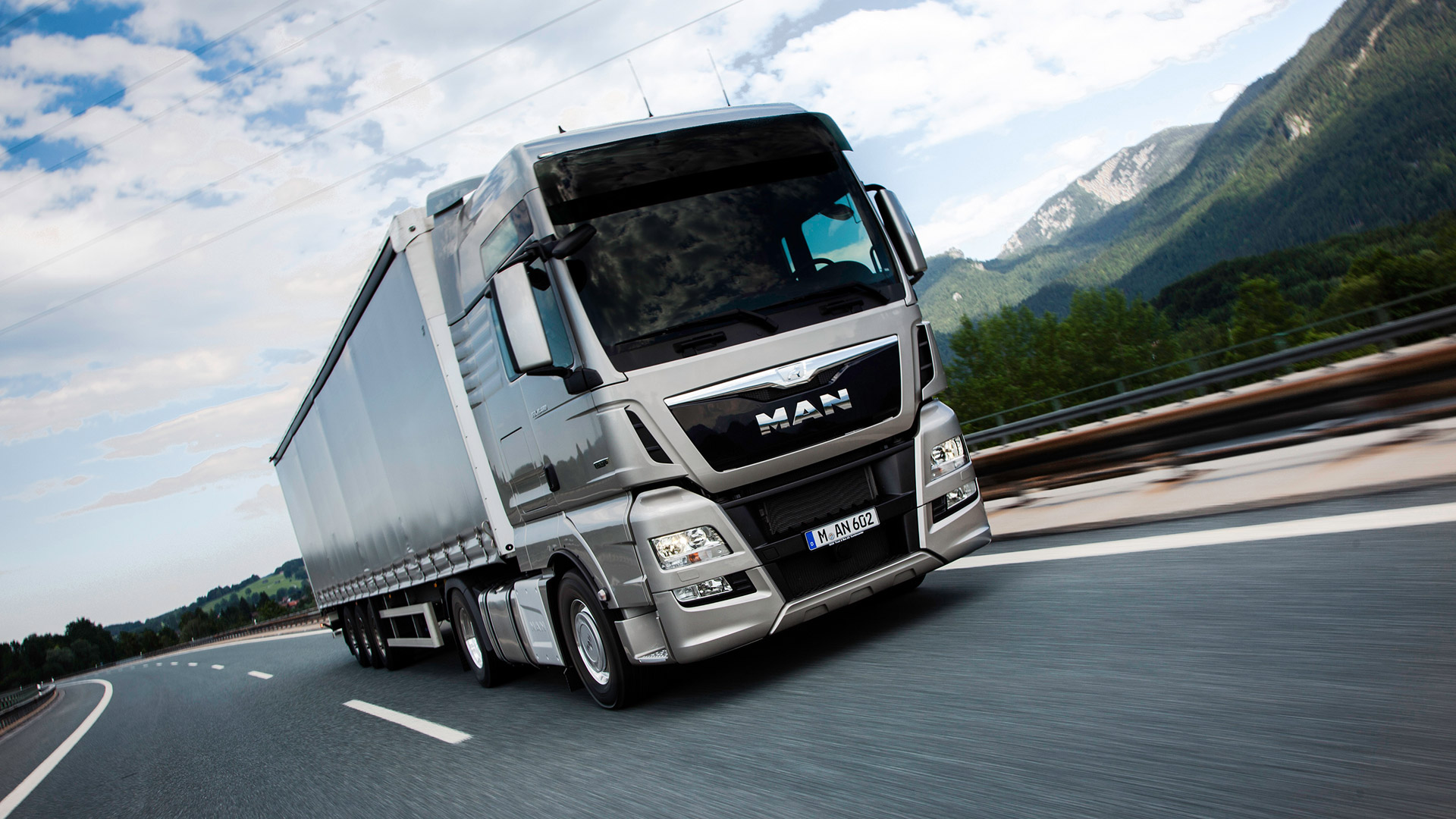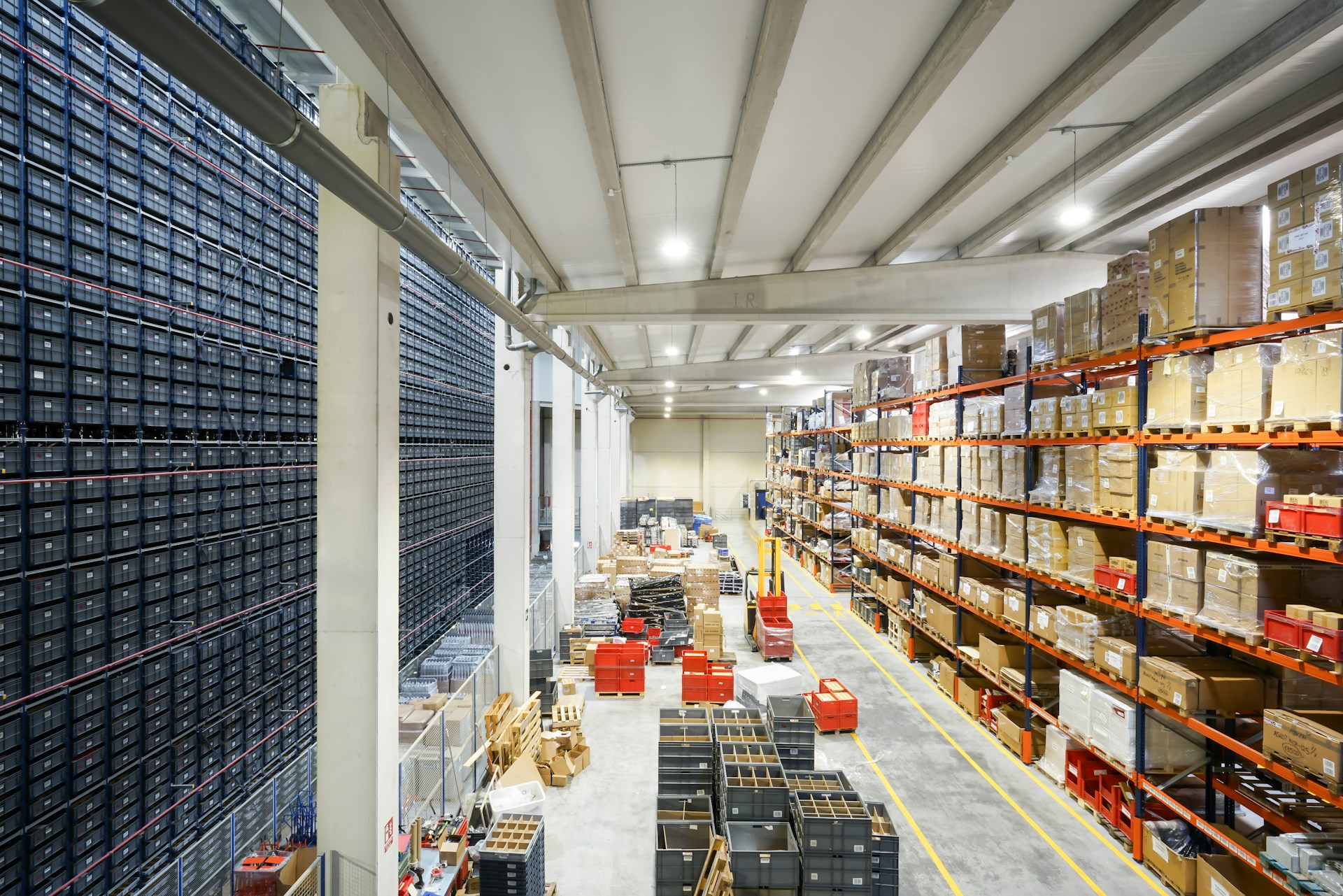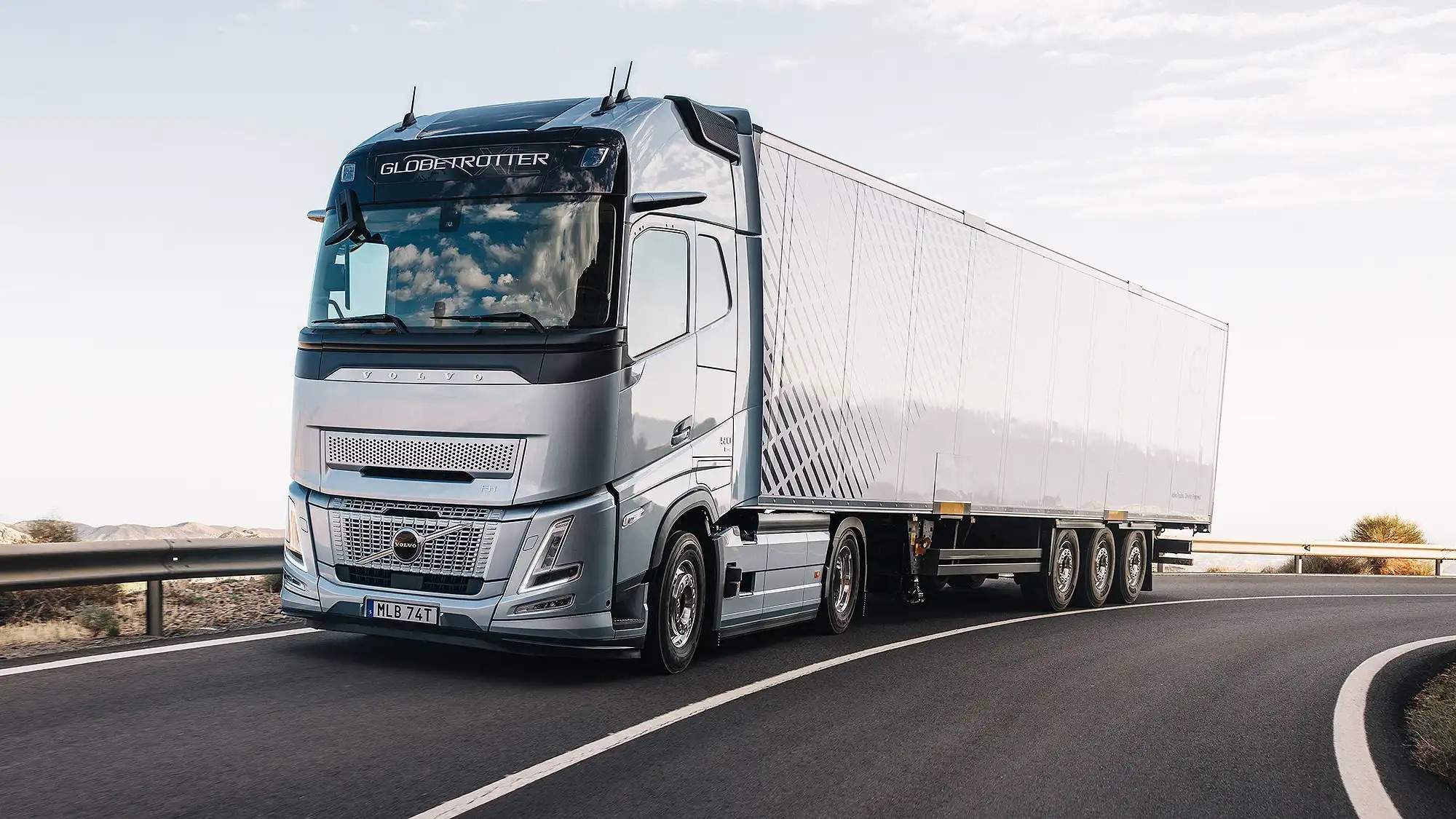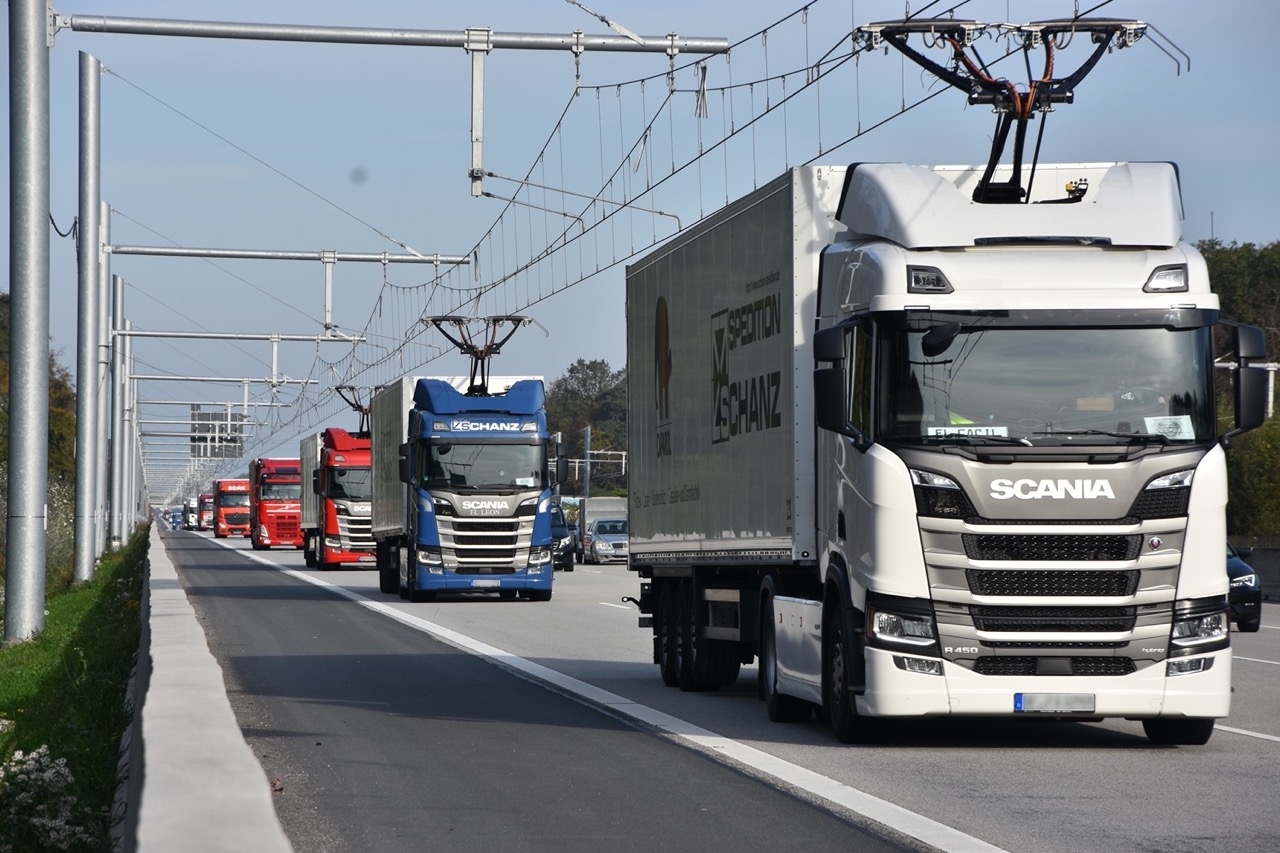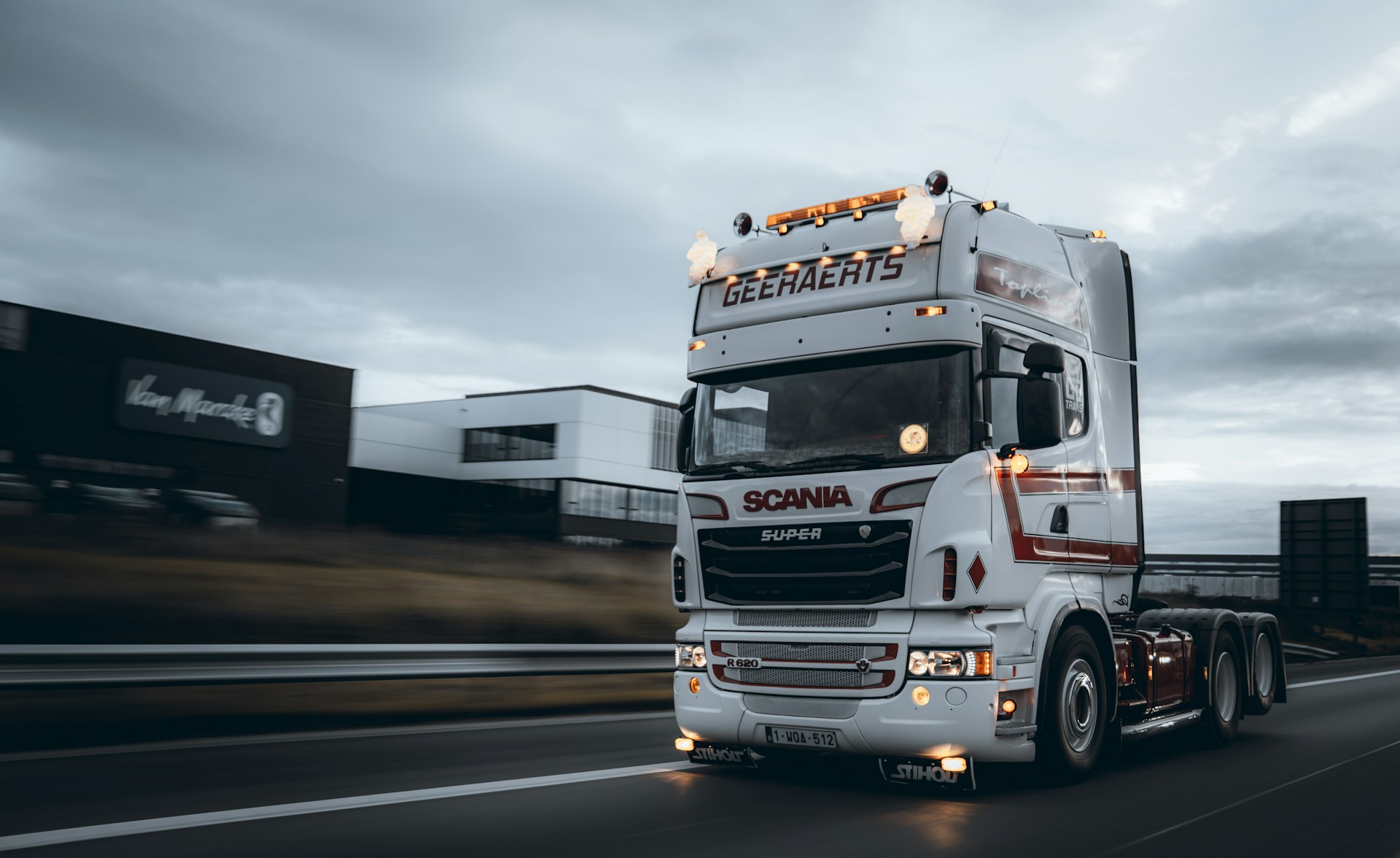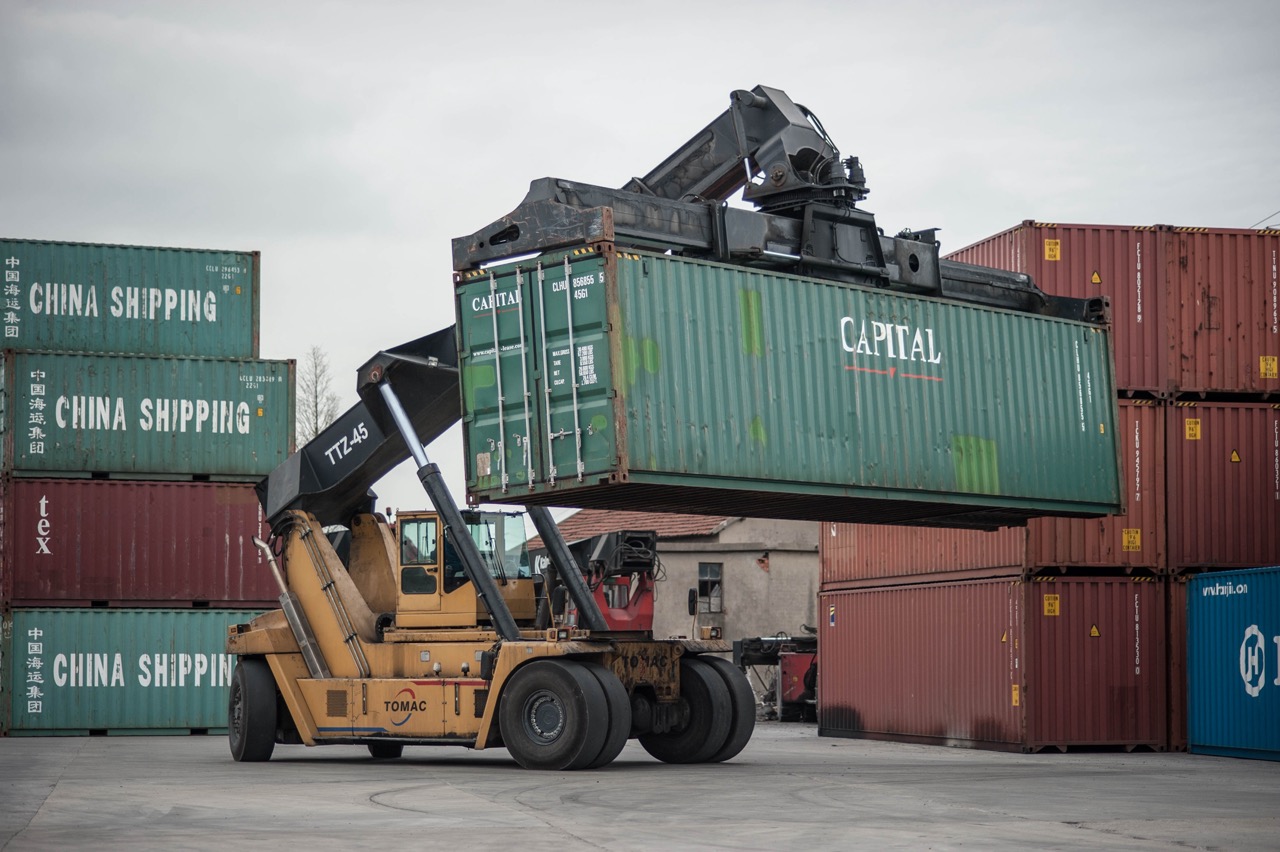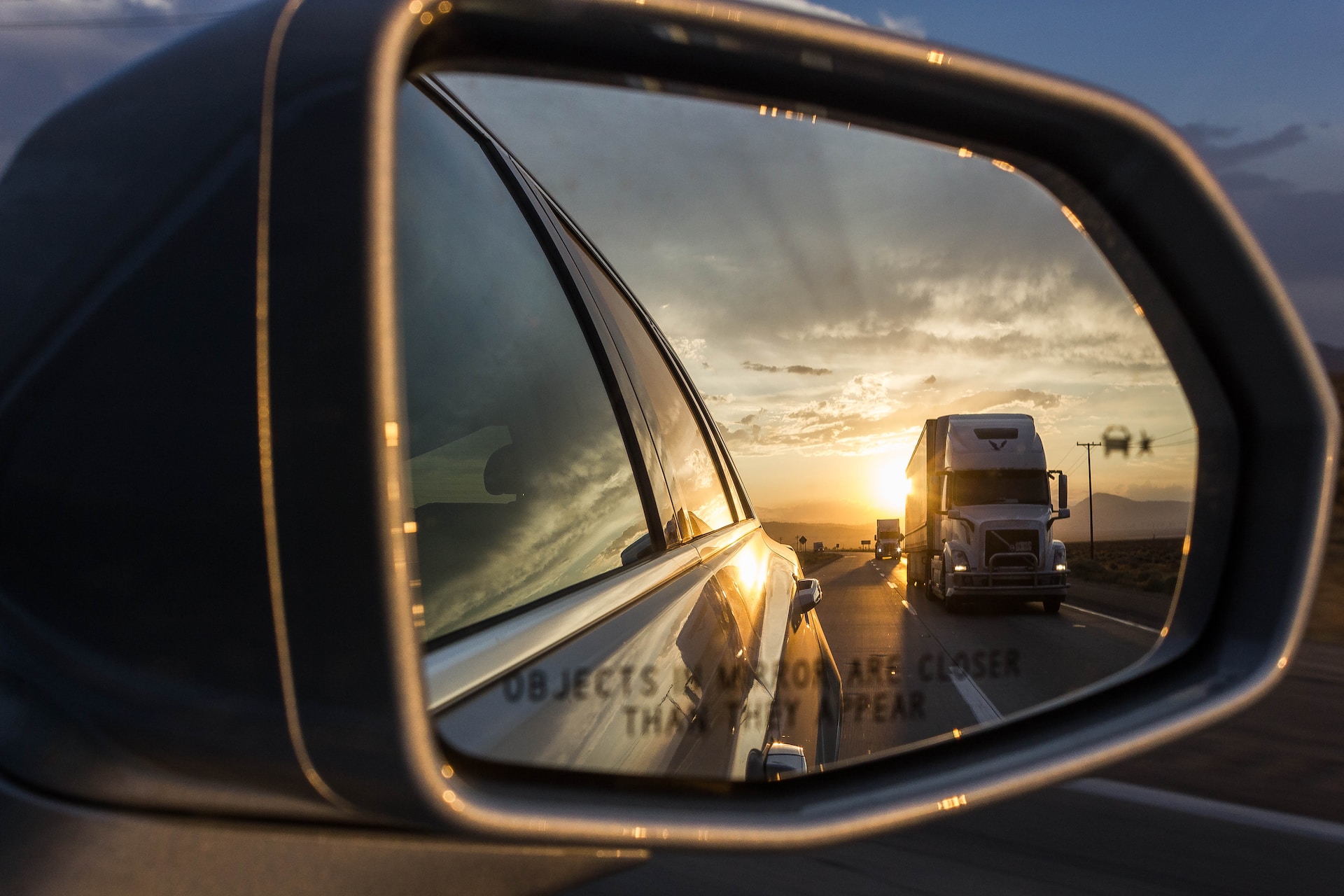Process automation in retail: main trends
In the last few years, retail has undergone a lot of changes, dictated by the realities of the modern world. Work processes in logistics, warehousing and back office organization are being improved. The aim of the changes is to maintain market positions in a highly competitive environment. The main driver of progress in this direction is the process automation in retail.
The crisis made the representatives of the trade segment to concentrate a lot of attention on increasing effectiveness. For this purpose they use different mechanisms, the main among which is the Internet. Its usefulness is evidenced by statistics: during the last fiscal year the sales volume of Amazon increased by more than 30%, the sales growth of other online stores was more than 50%.
Another advantage of online commerce is its mobility, and those retailers who have smartphone applications win. An effective solution is AR-technology, such as in IKEA, where you can “try on” furniture for the apartment online. The chain of construction supermarkets Leroy Merlin created VR-glasses so that customers could choose the design for a room.
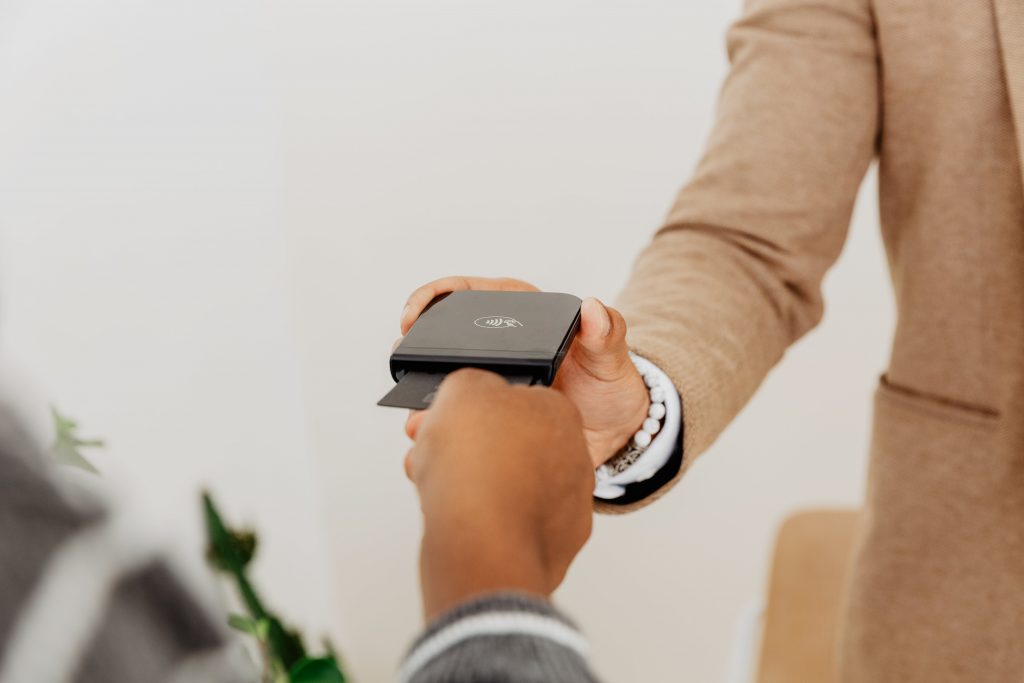
The next stage in the development of the online store is the marketplace. Unlike the first, here the products of not one, but many companies are presented. This option increases the number of visits and expands the target audience.
During the pandemic, consumer demands for delivery have increased. Now people don’t want to wait several days for their order, so they will go to a retailer that guarantees express door-to-door delivery within a few hours. Many companies are actively developing last mile delivery, trying options of their own couriers and crowdsourcing. The fact is that this stage is considered the most expensive, so it is important to choose the best solution so that the company does not go into deficit, and its prices are still available to customers.
Another thing to consider is personalization. Consumers need unique targeted offers, and for their sake, customers will share their personal information — phone number, preferences, search history. Retailers are investing heavily in artificial intelligence and machine learning technologies to create the optimal personalization tool.
To be competitive, a company must pay attention to video analytics. With cameras and sensors, behavioral features can be seen and used to improve service or increase sales. For example, a camera will recognize a visitor with a sad face, and the staff will find the right words to interest the person. In addition, video analytics allows you to manage the queue and avoid crowds of people. This solution also helps in the organization of logistics activities, automates warehouse processes and contributes to increased service.

